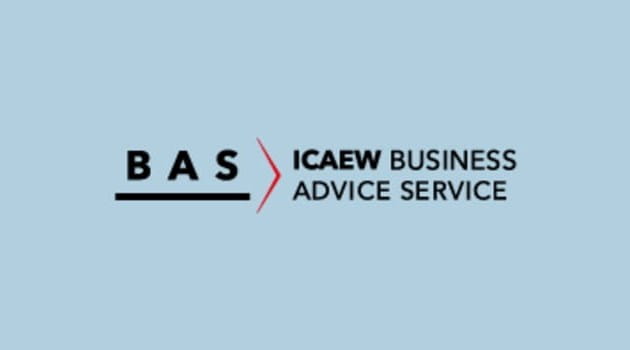With its roots in the 2020-21 cold snap and the invasion of Ukraine, the energy crisis has seen wholesale costs for energy rise three-to-four-fold since 2021, leading to similar punishing rises in power bills for businesses. At the heart of the issue is the UK’s dependence on gas for much of its electricity generation.
Gas prices remain high: Npower’s view is that a return to historic average prices is unlikely. The Office for Budget Responsibility notes that “market expectations of future gas prices over the next couple of years remain around 2½ times their historical averages”.
The current Energy Bills Discount Scheme (EBDS), which replaced the Energy Bill Relief Scheme, runs until 31 March 2024. There is as yet no indication of support beyond that date. Despite that support, businesses have been hit hard, particularly those trapped in fixed energy contracts. The Federation of Small Business reported earlier this year that 28% of small firms with fixed contracts could be compelled to downsize, close or restructure.
With continuing high prices and volatility, many businesses will face scrutiny from banks and investors. The impact of high energy prices is a material issue. Depending on the nature of the operation, stakeholders may want to know about an organisation’s energy contracts, risks and contingency plans, as well as measures it is taking in the short and long term to improve energy efficiency.
So, with higher prices here to stay, managing energy costs is a high priority for UK firms. Energy-saving technologies can make a big difference, but they often need substantial investment. We suggest four steps that focus on analysis and behaviour change before more investment is needed.
1. Audit energy use and contracts
Any review of energy costs should include an audit, to set a baseline and identify opportunities for change. For small- and medium-sized businesses, for example, recommendations from an energy audit can save 18% of total energy used.
Energy audits seek to understand energy use, the most energy-intensive activities and where efficiencies can be made. Typical areas covered include historical consumption data, the condition and performance of heating, ventilation and air-conditioning (HVAC) systems, and the energy efficiency of lighting and buildings.
An energy audit can uncover simple ways to save energy, for example by switching off equipment or using it differently, and it can set the direction of a business’s energy strategy. It should therefore be carried out before any investment in energy-efficiency measures.
Audits of energy usage are already mandatory, at least every four years, for businesses with more than 250 employees or over £42m in turnover, through the Energy Saving Opportunities Scheme (ESOS). The government claims that this has saved participating businesses £1.6bn to date.
An audit could also include reviewing energy contracts, ensuring that the business is being billed correctly, and identifying any opportunities to move to lower-cost agreements or to switch suppliers.
2. Use analytics
Either as part of an energy audit or as a standalone exercise, technology offers increasingly powerful ways to analyse and manage energy use. From smart meters to analytics software and more complex IoT (internet of things) devices for monitoring energy consumption, analytic tools are an important part of any cost-saving strategy for energy.
They can help to clearly identify where any significant investment in energy-efficiency measures will be most valuable, support and drive behavioural change and help businesses to predict and plan for future energy needs.
3. Change behaviour
When people do not feel directly affected by the cost of energy use, as may be the case in the workplace, they have little incentive to change the way they use it. As it is a relatively inexpensive intervention and can contribute to a reduction of up to 25% in energy costs (alongside energy-efficiency measures), overcoming this inertia can be a valuable ‘quick win’.
The Behavioural Insights Team, which grew out of the government’s ‘nudge unit’, suggests that to be effective, behaviour changes should be easy, attractive, social and timely. This can include having senior managers or selected staff endorse or model energy-saving behaviours, running energy-usage competitions between teams or offering targeted feedback about workplace energy use using apps or energy monitors.
4. Invest in energy-efficiency measures
Energy audits and analytics will help businesses see where investing in energy efficiency will give the best return in terms of both financial and emissions savings. This area is highly specific to individual businesses, depending on their scale, activities and location. It could involve anything from installing automated lighting controls to replacing entire heating systems with low-carbon technologies.
The UK government has created an Energy Technology List of energy-saving products, as well as collating the different grant, loan, capital allowance and tax incentive schemes available for businesses looking to invest in specific energy-efficient technologies.
The key to dealing with energy costs is to use insights into energy usage, efficiency and existing agreements so that investment in solutions is as targeted as possible.
- Related article: Smarter strategy needed to cut business energy use
Climate for SMEs
Climate change is affecting businesses of all sizes. ICAEW is aiming to cut through the noise by providing tools and resources for small to medium sized businesses to build resilient business models and get to grips with ESG.

More support for SMEs on ESG
Energy efficiency for business
The Department for Energy Security and Net Zero has launched a campaign to support business in improving their energy efficiency, including: no-cost and low-cost options, as well as potential longer term investments.




